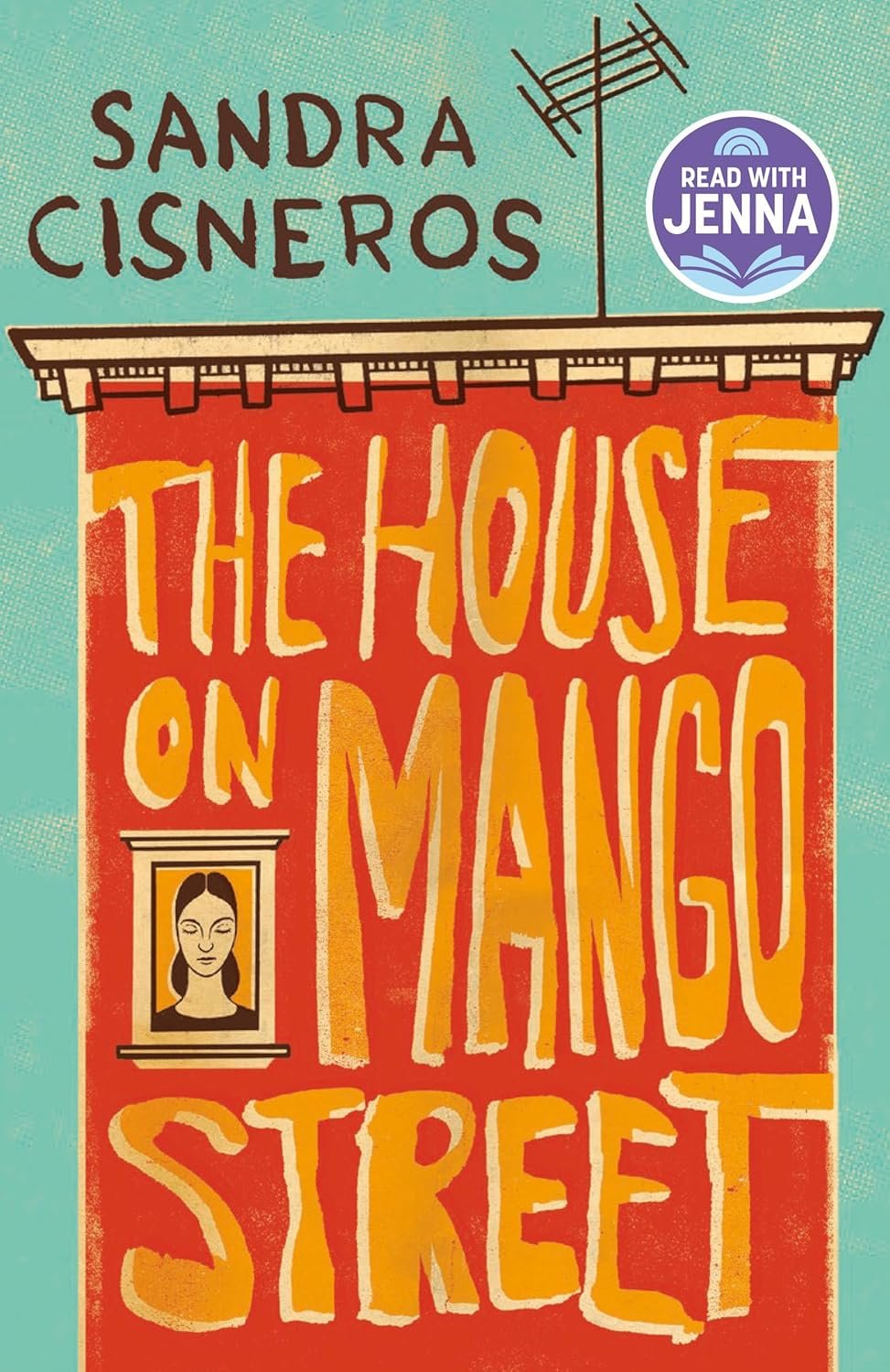Introduction to the Novel
‘The House on Mango Street’ by Sandra Cisneros is a poignant coming-of-age classic that captures the essence of growing up in Chicago. This novel has been embraced by critics and readers alike, making it a staple in educational curricula around the world. It showcases the power of storytelling through a series of evocative vignettes that resonate with readers from diverse backgrounds.

Esperanza Cordero’s Journey
At the heart of Cisneros’s work is Esperanza Cordero, a young girl seeking her identity amid the challenges of her environment. The narrative delves into themes of hope, cultural identity, and the struggles of adolescence. Esperanza’s reflections, particularly her thoughts on the meaning of her name, signify the complexities of her Latino heritage and her desire for self-definition. Through her voice, readers witness a compelling journey of self-discovery.
Thematic Relevance and Legacy
Published over fifty years ago, ‘The House on Mango Street’ continues to influence contemporary literature and education. Its exploration of community, culture, and personal growth resonates across generations, making it an essential read. As noted by critics, Cisneros not only invites readers into Esperanza’s world but also encourages them to find pride in their own narratives. This celebration of personal stories solidifies ‘The House on Mango Street’ as one of the greatest neighborhood novels ever written.
